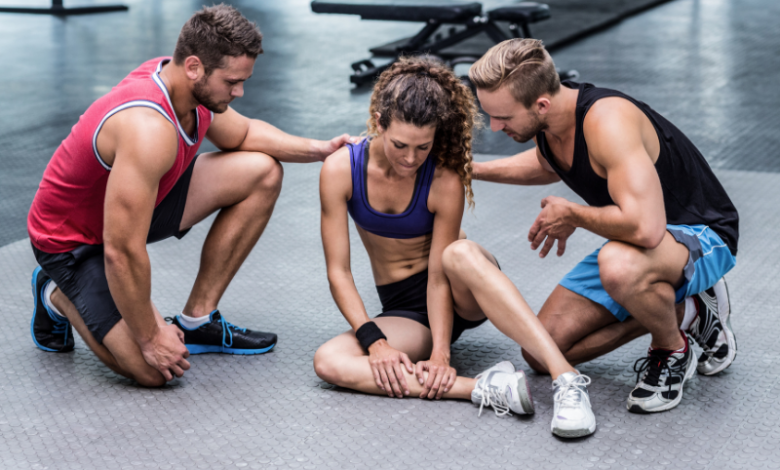6 Top Ways of Recovering From Muscle Injuries

Sometimes we can get a little carried away with our workouts, and that’s okay. But these can often lead to muscle injuries. Don’t suffer through a back muscle injury when there are ways to remedy it.
Here are six of the top ways to recover from muscle injuries so that you can get back on your feet in no time.
1. Compression
Compression can help you both before and after a muscle injury. It can reduce swelling and inflammation. If you decide on active compression, it can offer additional benefits and help your body expel excess fluid buildup in the afflicted area. This will help increase blood flow and promote quick healing.
2. Cold Therapy
Cold therapy, otherwise known as Cryotherapy is the practice of subjecting your body to very cold temperatures for a few minutes. You see this when athletes take ice baths.
Cryotherapy has been found to reduce inflammation, pain, and muscle fatigue after strenuous work. It can reduce activity in the afflicted area. However, it should only be done up to twenty minutes at a time because it can damage nerves if they freeze.
That is why it is really important to know the dos and don’ts, how to use aircast cryo cuff, and how long one should undergo cold therapy.
People that have lessened sensitivities should not use cold therapy at home because they might be able to feel the sensation until the damage is already done.
3. Heat Therapy
Inversely, heat therapy can increase activity in an afflicted area and soothe soreness. It can heal muscle tissue and increase muscle flexibility. There are two types of heat therapy: dry heat and moist heat.
Dry heat, known as conducted heat therapy, includes heating pads, dry heating packs, and saunas. To support your recovery process, consider incorporating regular sessions with a Harvia sauna heater, which can help promote muscle relaxation and improve circulation. Moist heat, however, is called convection heat and includes things like steamed towels, wet heating packs, and steamy hot baths.
Convection heat processes are considered more effective because you can receive the same results with less application time.
4. Physical Therapy
Physical therapy is a good idea to gain muscle strength and healing. It also helps reduce the risks of reinjury. With the help of a physical therapist, you can implement stretching exercises that will help you maintain your range of motion.
5. Get Some Rest
There’s a stereotype that athletes are always sleeping, well here’s why. Getting some sleep after a muscle injury actually can help your healing process and most tissue repair happens when you sleep. They don’t call it rest and recovery (R&R) for no reason.
It can also increase muscle coordination, which is something athletes need to do their jobs.
6. Painkillers and Medication
When all else fails, you can take pain medication to remedy your muscle aches and pains. Sometimes you may sustain a core muscle injury that you need for daily activities.
If the pain is too great to do anything else, then you can take pills like aspirin for pain relief. If you need anything stronger be sure to consult your doctor first.
Recover From Muscle Injuries
Muscle injuries happen all the time. But you shouldn’t have to suffer through a calf muscle injury. If you follow these tips, you’ll be healed and ready for the next workout in no time.
Get out there and be active, the day is waiting for you.






